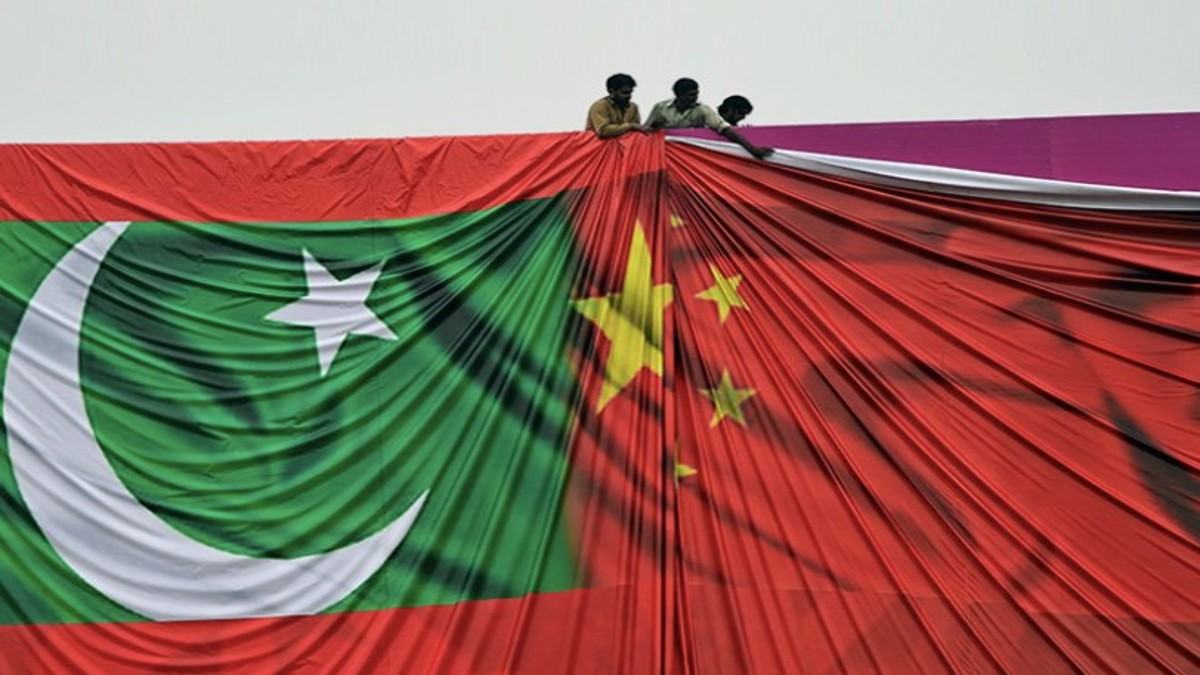Pakistan is currently experiencing a severe heatwave.
Temperatures in Mohenjo Daro, a city in southern Sindh province known for its archaeological sites, reached 50 degrees Celsius (120 degrees Fahrenheit) on Thursday. The temperature soared above 46 degrees in several other cities, making it the hottest day of the summer.
The heatwave is expected to last at least a week, endangering children’s health and education. Here is a closer look at bad is the situation.
‘Lessons cancelled, lethal to children’
Half of Pakistan’s pupils will be shut out of schools for a week as the nation takes crisis measures to lessen the effect of a series of heatwaves, officials said Thursday.
Some 26 million students will be out of lessons from Saturday in Punjab, Pakistan’s most populous province, which has ordered schools to close for the summer break one week early because of the soaring temperatures.
The early closure was confirmed by a spokesperson for Punjab’s Education Department.
Pakistan’s meteorological office has forecast three heatwaves — one already underway and two more set to hit in early and late June.
Temperatures in Punjab are currently six to eight degrees Celsius above normal, the disaster management agency said, with the provincial capital Lahore due for 46 degrees Celsius (111 degrees Fahrenheit) at the weekend.
The government’s coordinator on climate ehange and environment told journalists in Islamabad on Thursday that “global warming is causing a sudden change in weather patterns”.
Parts of Pakistan are facing power cuts of up to 15 hours as demand for fans and air conditioning surges, leaving students sweltering at their desks.
The Save the Children NGO said the 26 million Punjabi schoolchildren with lessons cancelled account for 52 per cent of pre-primary, primary and secondary students in Pakistan.
“Prolonged exposure to intense heat impacts children’s ability to learn and to concentrate and this puts their education at risk,” country director Muhammad Khuram Gondal said.
“Excess heat is also potentially lethal to children.”
The UN children’s agency UNICEF said more than three-quarters of children in South Asia — or 460 million — are exposed to temperatures above 35C (95F) for at least 83 days per year.
It warned that children are at risk of “dehydration, higher body temperature, rapid heartbeat, cramps… and coma”.
Pakistan is responsible for less than one per cent of global greenhouse gas emissions.
However, the nation of 240 million ranks high among countries vulnerable to extreme weather events, which scientists have linked to climate change.
A third of Pakistan was submerged by unprecedented monsoon rains in 2022 that displaced millions of people.
It was also battered by above-normal rainfall last month that killed at least 144 people in the wettest April recorded since 1961, with more deluges forecast this summer.
Lahore’s students also saw lessons cut this winter when schools were shut as the megacity was enveloped by choking smog.
Health impact
The situation is bleak for workers and others alike. Labourers claim they have no choice because they must work to support their families. Doctors say they treated hundreds of patients in the eastern city of Lahore, while scores more were taken to hospitals in Hyderabad, Larkana, and Jacobabad in southern Sindh province.
“Pakistan is the fifth most vulnerable country to the impact of climate change. We have witnessed above normal rains, floods,” Rubina Khursheed Alam, the prime minister’s coordinator on climate, said at a news conference in the capital, Islamabad, told The Independent.
“The situation has been getting worse since yesterday, when people affected by heat started coming to hospitals in the Punjab province,” said Ghulam Farid, a senior health official. Pakistan has set up emergency response centres at hospitals to treat patients affected by the heat.
According to the same The Independent report, the state-run ambulance service is now carrying bottled water and ice to provide emergency care to heat victims, health officials told the news organisation.
Heatstroke is a serious illness that occurs when a person’s body temperature rises too quickly, potentially rendering them unconscious. Severe heat stroke can result in disability or death.
Power cuts
Some areas in Pakistan are currently experiencing hours-long power outages.
“We were without electricity for hours on Monday,” said Ibrar Abbasi, who lives on the outskirts of Islamabad.
Many people, particularly labourers and construction workers in the impoverished country, wonder how they can stay indoors because their families will suffer if they do not work.
“I am not feeling well because of the stifling heat, but I have to work,” said Ghulam Farid, who owns a small general store in Sheikhupra, a city in Punjab province, reports AP.
Construction workers were seen sitting along a road on the outskirts of Islamabad, hoping to find work. Among them was Mohammad Khursheed, 52, who claimed to have noticed a shift in seasonal patterns.
“I feel the heat even in the morning, but people say the temperatures will go up even further,” he said.
The measures Pakistan is taking
The Pakistani government has launched a public awareness campaign to combat the negative effects of the country’s ongoing heatwave, said Romina Khurshid Alam, the Pakistani Prime Minister’s Coordinator for Climate Change and Environmental Coordination, reports Daijiworld.
“Measures are being taken to spread mass awareness for the public through adopting preventive measures about heat waves and to reduce its impacts through issuing advisories, public service messages, and awareness campaigns through television, radio, and social media platforms,” the official said on Thursday during a press conference as quoted by Xinhua news agency, reported Daijiworld.
The extreme weather of Pakistan
Recent heatwaves are the latest climate-related disaster to hit the country in recent years. Melting glaciers and growing monsoons have caused devastating floods, at one point submerging a third of the country.
Scientists have long warned that climate change, caused by the burning of fossil fuels, deforestation, and certain agricultural practices, will result in more frequent and prolonged bouts of extreme weather, including higher temperatures.
Zaheer Ahmed Babar, a senior official at the Pakistan Meteorological Department, said another intense heat wave will hit the country in June, as per AP, when the temperature is likely to reach 45 degrees (113 Fahrenheit). He said people should drink a lot of water and avoid unnecessary travel. Farmers and other livestock owners should take measures to protect their animals during extreme heat, he said.
With inputs from agencies






)
)
)
)